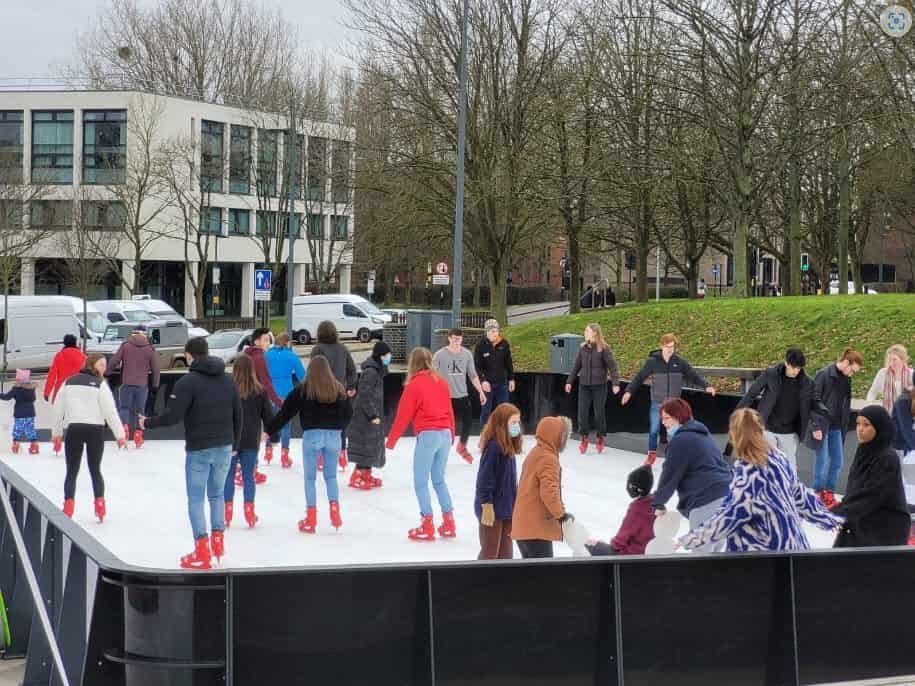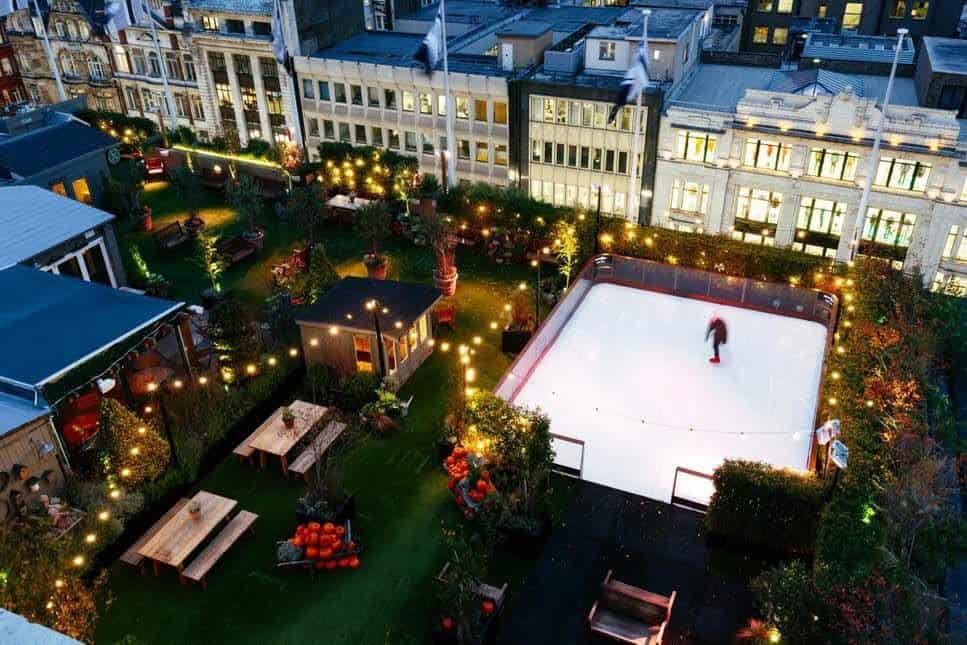Introduction
Ice skating is a beloved pastime that has captured the hearts of people around the world for centuries. While natural ice has been the primary surface for this activity, the invention of artificial ice rinks revolutionized the way we enjoy skating. In this article, we will explore the fascinating history and evolution of artificial ice rinks, from their humble beginnings to the sophisticated facilities we have today.
1. The Birth of Ice Skating
The origins of ice skating can be traced back over a thousand years to the frozen waterways of Scandinavia and the Netherlands. Early skates were simple, consisting of blades made from animal bones or metal strips strapped to shoes. Skating provided a means of transportation during harsh winters and evolved into a recreational activity enjoyed by people of all ages.
2. Early Attempts at Artificial Ice
Before the invention of artificial ice rinks, ice skating was entirely dependent on nature’s whims. As a result, it was limited to regions with cold winters. The desire to skate year-round led to early experiments with artificial ice.
One of the earliest recorded attempts at artificial ice was in the 17th century when French engineer Jean Dubief proposed creating an artificial ice surface using a mixture of powdered glass, egg whites, and animal blood. While these efforts were far from successful, they laid the groundwork for future innovations.
3. The Rise of Mechanical Refrigeration
The breakthrough that made artificial ice rinks possible came with the invention of mechanical refrigeration systems in the 19th century. The development of refrigeration technology, initially for food preservation, soon found applications in ice production and artificial ice rinks.
4. The First Artificial Ice Rinks
The first documented artificial ice rink opened in London in 1876. It used a combination of mechanical refrigeration and a mixture of glycerin and water to create a frozen surface. This innovation marked the birth of the modern artificial ice rink and paved the way for further developments in ice-making technology.
5. The Transformation of Ice-Making Technology
The late 19th and early 20th centuries saw significant advancements in ice-making technology. Refrigeration systems became more efficient and accessible, allowing for the creation of larger and better artificial ice rinks. By the 1920s, ammonia refrigeration systems had become the standard for ice production.
6. The Advent of Indoor Ice Rinks
With the ability to maintain ice quality in controlled indoor environments, artificial ice rinks began to flourish. Indoor rinks eliminated the unpredictability of outdoor conditions, making ice skating a year-round sport and providing a venue for ice hockey, figure skating, and speed skating competitions.


7. The Golden Age of Ice Skating
The 20th century marked a golden age for ice skating. The popularity of the sport surged, with ice shows, figure skating championships, and hockey leagues captivating audiences worldwide. Artificial ice rinks played a pivotal role in providing accessible and high-quality ice surfaces for athletes and enthusiasts alike.
8. Advancements in Ice Resurfacing Technology
Maintaining a smooth and clean ice surface is essential for enjoyable skating. The introduction of ice resurfacing machines, commonly known as Zambonis, revolutionized ice maintenance. These machines scrape the ice’s surface, collect the shavings, and lay down a thin layer of hot water to create a glass-like finish.
9. Modern Artificial Ice Rinks
Today’s artificial ice rinks are a testament to technological advancement. They feature sophisticated refrigeration systems, energy-efficient designs, and improved ice resurfacing equipment. These rinks are not limited to traditional ice sports; they accommodate a wide range of activities, including curling, broomball, and public skating sessions.
10. Accessibility and Inclusivity
Artificial ice rinks have played a pivotal role in making ice skating more accessible and inclusive. They are no longer confined to regions with cold winters but can be found in cities and communities around the world. This accessibility has helped grow the popularity of ice sports and fostered a sense of community among skaters.
11. Sustainability and Environmental Considerations
As environmental awareness has grown, artificial ice rinks have faced scrutiny for their energy consumption. In response, rink operators have sought more sustainable solutions, such as using energy-efficient refrigeration systems and exploring alternative refrigerants with lower global warming potential.
12. The Future of Artificial Ice Rinks
The future of artificial ice rinks is poised to be even more exciting. Ongoing research into sustainable refrigeration and ice-making technologies, along with efforts to reduce energy consumption, will likely shape the next generation of ice rinks. Additionally, the integration of digital technology, such as augmented reality and interactive features, may enhance the overall skating experience.
Conclusion
The history and evolution of artificial ice rinks reflect humanity’s enduring fascination with ice skating and the innovative spirit that drives progress. From early experiments with primitive ice surfaces to the high-tech, energy-efficient rinks of today, artificial ice rinks have transformed the way we enjoy this beloved winter pastime. As we look to the future, artificial ice rinks will continue to evolve, offering new opportunities for athletes, leisure skaters, and communities to come together and share the joy of gliding on ice.


